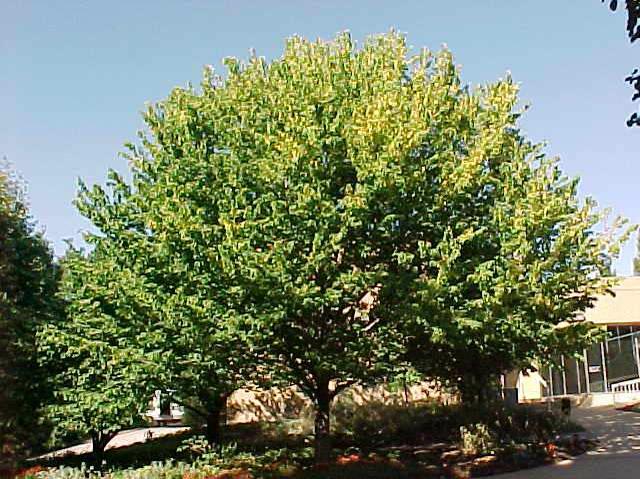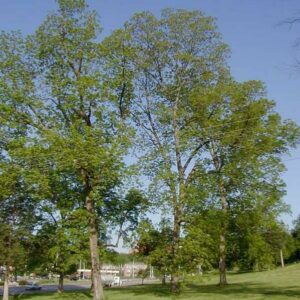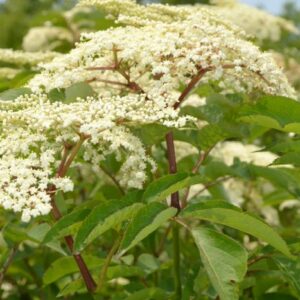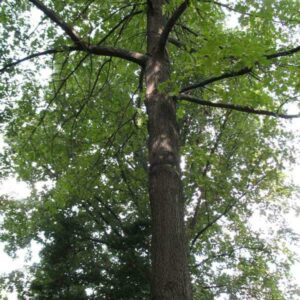Hackberry (Celtis occidentalis)
$30.00
11 in stock
Share
Description
Culture
Best grown in moist, organically rich, well-drained soils in full sun. Tolerates part shade. Also tolerates wind, many urban pollutants and a wide range of soil conditions, including both wet, dry and poor soils.
Noteworthy Characteristics
Common hackberry is a medium to large sized deciduous tree that typically grows 40-60? (less frequently to 100?) tall with upright-arching branching and a rounded spreading crown. Trunk diameter ranges from 1-3? (less frequently to 4?). This tree is a U. S. native that is widely distributed throughout the east and midwest. It is common in Missouri where it typically occurs statewide in low woods along streams and in drier upland slopes (Steyemark). Mature gray bark develops corky ridges and warty texture. Insignificant, mostly monoecious, greenish flowers appear in spring (April ?May), with male flowers in clusters and female flowers solitary. Female flowers give way to an often abundant fruit crop of round fleshy berry-like drupes maturing to deep purple. Each drupe has one round brown seed within. Fruits are attractive to a variety of wildlife. Birds consume the fruits and disperse the seeds. Fleshy parts of the fruit are edible and somewhat sweet. Ovate to oblong-ovate, rough-textured, glossy to dull green leaves (2-5? long) have mostly uneven leaf bases and are coarsely toothed from midleaf to acuminate (sharply pointed) tip. Undistinguished yellow fall color.
General Use
This is a tough shade tree that grows in a wide range of soils. Cultivars resistant to witches broom are better selections than the species for landscape use. This tree may be used as a lawn tree or street tree. Seeds can pose clean up problems if trees are sited near sidewalks or patios, however.
Problems
Hackberry nipple gall is so common in the St. Louis area that it is often used as an aid in identifying the tree. Although the galls do not hurt the tree, they often significantly disfigure the leaves. Witches? broom (dwarfed, dense, contorted twig clusters at the branch ends) is also somewhat common. It also does little harm to the tree, but can be quite unsightly. Powdery mildew, leaf spot and root rot may occur. Watch for lacebugs and scale.
Additional information
| size | 3-gallon |
|---|






